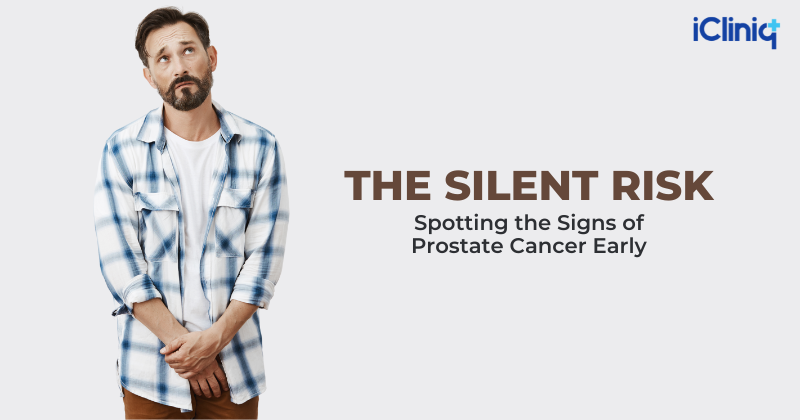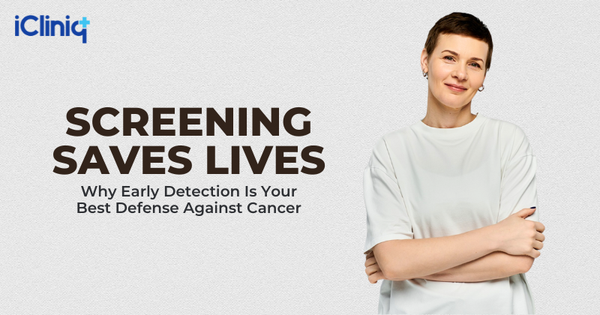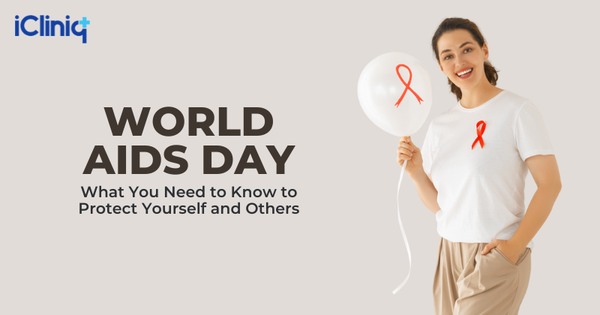The Silent Risk: Spotting the Signs of Prostate Cancer Early

Prostate cancer is one of the most common cancers in men, and it usually develops slowly. According to statistics, prostate cancer ranks as the fourth most common cancer globally. In the United States, prostate cancer is the second most common cancer in men. It primarily affects older adults, with about 1 in 8 men receiving a diagnosis at some point in their lives.
The good news? Most men diagnosed with prostate cancer don’t die from it, thanks to early detection and advances in treatment. The challenge? In its early stages, it often shows no symptoms at all. That’s why it’s known as the silent risk. But catching it early gives you the best chance at effective treatment and survival. So, how do you know when to get checked? Let’s break it down.
Why Prostate Cancer Often Goes Unnoticed?
The prostate is a small gland located below the bladder, and it plays a vital role in male reproductive health. When abnormal cells start growing in this gland, it’s often so subtle that most men won’t notice any immediate changes. This is what makes prostate cancer so dangerous—it can quietly progress without any clear warning signs.
Unlike some diseases that scream for attention, prostate cancer whispers. And if you’re not paying close attention, you might miss the whisper altogether.
Early Signs You Shouldn’t Ignore
While early prostate cancer is usually symptomless, some early signs may show up in subtle ways:
- Frequent urination, especially at night.
- Difficulty starting or stopping urination.
- Weak or interrupted urine flow.
- Pain or burning sensation during urination.
- Blood in urine or semen.
- Painful ejaculation.
- Discomfort in the pelvic area or lower back.
These symptoms can also be caused by other non-cancerous conditions, like an enlarged prostate (BPH) or infections—but that doesn’t mean you should ignore them.
What Increases Your Risk?
Certain factors can raise your chances of developing prostate cancer:
- Age: Risk increases in males above 50.
- Family History: Especially if a father or brother had it.
- Diet and Lifestyle: High-fat diets and obesity may contribute to the risk.
If any of these apply to you, regular screening becomes even more important.
When and Why to Get Screened?
Screening for prostate cancer typically includes a Prostate-Specific Antigen (PSA) blood test and sometimes a Digital Rectal Exam (DRE). These can help detect early abnormalities even before symptoms appear.
Doctors generally recommend discussing screening options around age 50—or earlier if you're at higher risk. The earlier prostate cancer is caught, the more treatment options are available—and the better the outcome.
Treatment Depends on Early Detection
If caught early, prostate cancer is highly treatable. Treatment options range from active surveillance to surgery, radiation, or hormone therapy, depending on how aggressive the cancer is.
Listen to Your Body
Don’t let silence fool you. Just because you feel fine doesn’t mean your health is fine. Whether it’s a slight change in your bathroom habits or a sense that something just isn’t right, it’s worth getting checked. Prostate cancer may be silent—but your actions don’t have to be.





